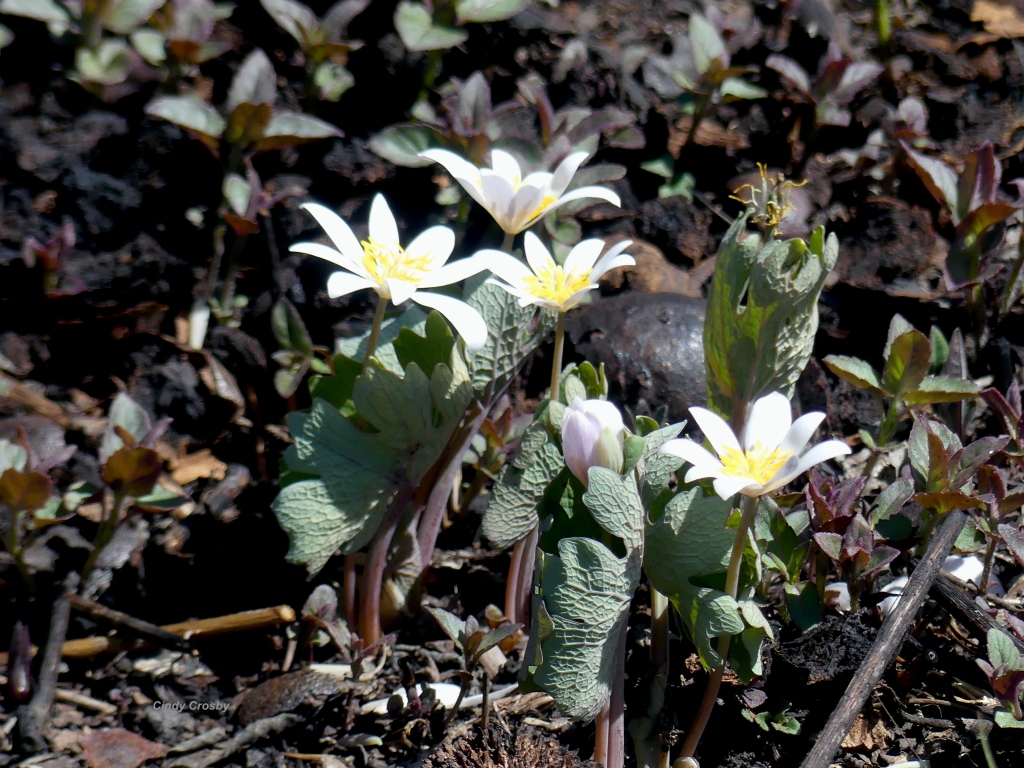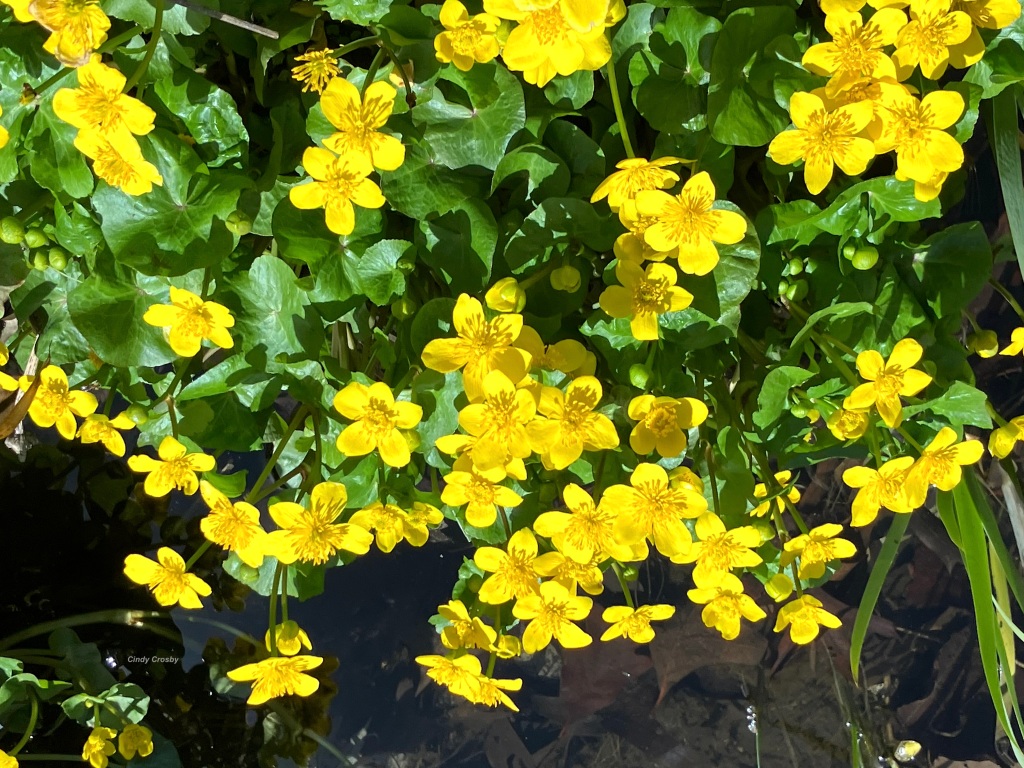“The sun was going, and the world was wrong.”—Annie Dillard
******
Pulitzer-Prize winning writer Annie Dillard writes, “Seeing a partial eclipse bears the same relation to seeing a total eclipse as kissing a man does to marrying him… .” Well, we settled for the “kiss” here in the Chicago region, where we had 94 percent coverage for about four minutes. And it was quite a kiss.

Jeff and I go for a walk on the prairie, just as the moon begins its journey between us and the sun. The prairie is so bright! Not a single cloud softens the harsh sky. Familiar plants seem otherworldly in that odd brilliance, that strange glow.

It’s the light! The light. Something’s not right.

Smithsonian Magazine tells us that Indigenous Americans held many different beliefs about eclipses. The Southern Paiute, with a nod to the embrace between the sun and moon, called it a “special day to reflect on what love means to you, to remove any anger you may have, and do a deed of kindness and an act of love.”

The Cherokee, it goes on to say, believe the eclipse is “a giant frog in the sky trying to eat the sun.”

Ho-Chunk, according to the Smithsonian Magazine, were told to “respect both sun and moon eclipses” as a “time of transformation.”

We walk for a short while, then return home. There, we itch to turn on the lights. But we want to experience every moment. Rooms are shrouded in twilight.

We’re nearing 94 percent coverage. (See it here.) Our black kitten meows piteously, probably for a treat, but we wonder if he senses something is off. Or perhaps he’s tuned into our excitement? Or maybe we’re looking for oddities on this very strange afternoon? We marvel that it can still be so bright outside, although the light is…wrong.

The air looks a little pixelated, a little grainy. I rub my eyes, over and over, thinking I’ll see more clearly. That we’ll return to normalcy. But a solar eclipse is anything but normal.

Hours later, it all seems like a dream.

The next total eclipse I’ll have chance to see in the United States will occur in August, 2044. Although it seems like an eternity, the years will fly by, full of challenges and delights.

It’s difficult to imagine what the world will be like then, and even more odd to think I’ll be in my eighties. I hope I’m still around to see that next solar eclipse. But no matter what… .

…I’m glad I saw this one.
****
The quote from writer Annie Dillard (1945-) which kicks off this post is from “Total Eclipse,” found in Teaching a Stone to Talk, and which also appeared in the anthology of her work, Abundance. Dillard won the Pulitzer Prize for Nonfiction for Pilgrim at Tinker Creek in 1975.
*****
Tonight! Tuesday, April 9, 7:30-9 p.m.—“Illinois’ Wild and Wonderful Early Bloomers,” for the Northwest Audubon Society Annual Banquet, Highland Community College, Freeport, IL. Banquet begins at 6 p.m. You may also register for only the program, which begins at 7:30 p.m. For ticket and registration information, visit here.
Thursday, April 11, 9-11 a.m.—“Spring Wildflower and Ethnobotany Walk,” The Morton Arboretum, Lisle, IL. To register, click here.
Thursday, April 11, 6:30-8 p.m..—“The Tallgrass Prairie: An Introduction,” with the Oak Park, IL, Library. Free and open to the public. Register here.
Thursday, April 18, 9-11 a.m.—“Spring Wildflower and Ethnobotany Walk,” The Morton Arboretum, Lisle, IL. To register, click here.
Friday, April 19, 8-9 p.m.–“Dragonflies and Damselflies: The Garden’s Frequent Fliers,” presented by the Midwest Pond and Koi Society.” White Fence Farm, Romeoville, IL. Optional dinner before the program; program is free and open to the public, but please visit here for more information.
Saturday, April 27, 9-11 a.m.—“Spring Wildflower and Ethnobotany Walk,” The Morton Arboretum, Lisle, IL. To register, click here.
More programs and events at cindycrosby.com.
